 WXYZ SPOTLIGHT SOUND OF THE WEEK * Barbara Lewis * “MAKE ME BELONG TO YOU”
WXYZ SPOTLIGHT SOUND OF THE WEEK * Barbara Lewis * “MAKE ME BELONG TO YOU”
![]()
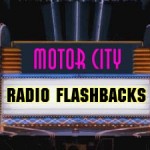 From the MCRFB news archive: 1964
From the MCRFB news archive: 1964
Detroit Newspapers’ Strike Spike Demand for Daily News
DETROIT — A rare split of the usual tandem of broadcasting AM and FM has been made by WXYZ, ABC-owned station, as in the direct result of Detroit’s current newspaper strike. WXYZ-FM has been turned over to 12 hours of continuous news, 7 a.m. to 7 p.m., placing an unparallelled demand for continuous news reporting weighed upon WXYZ-AM-FM 13 manned news staff.
The station, meanwhile, was seeking to recruit newspapermen (as possible news reporters) temporary unemployed because of the strike. Earlier, the regular AM program has been revamped to include 35 special news reports during the day, in addition to the usual scheduled newscasts. END.
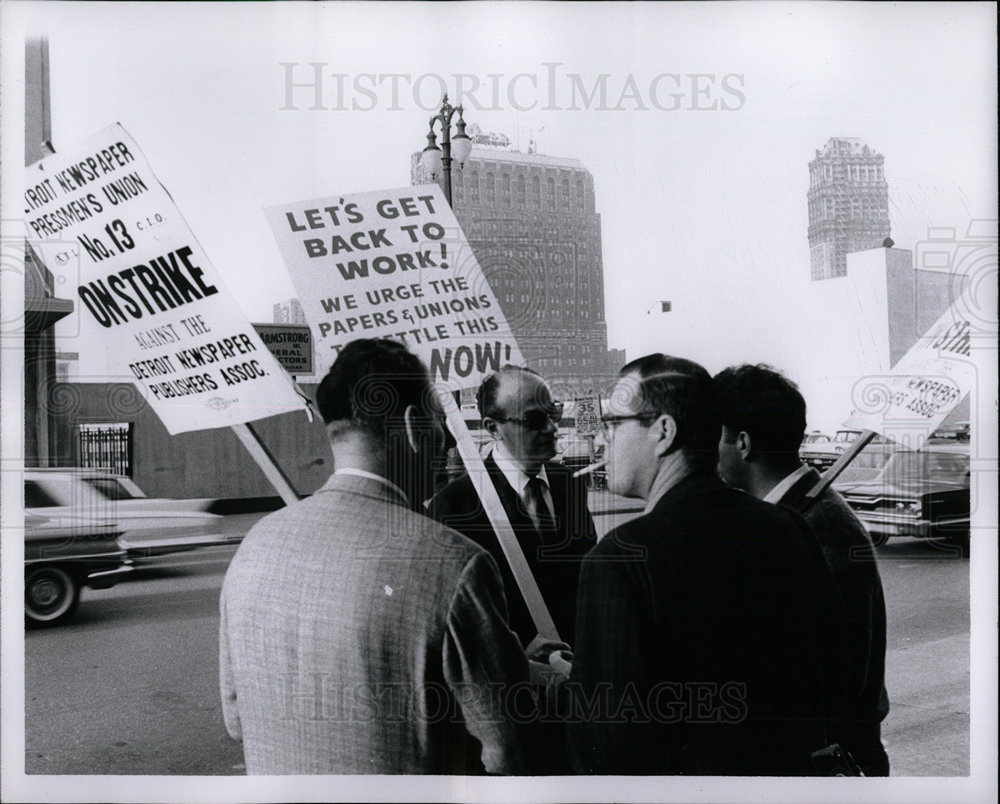
(Information and news source: Billboard, September 5, 1964).
![]()
Here is a aerial shot of the WXYZ twin towers back in 1941.
Northwest corner of Joy and Greenfield Roads.
355 ‘ tall.
This was the transmission site of WXYZ 1270 am.
2 towers painted red and white
The Morning Report With Bob Hart
February 12, 1964
From The Gordon Skene Sound Collection
![]()
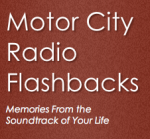 The Detroit News: ‘Horn’ Trumpets Praise of Radio’s ‘Lone Ranger’
The Detroit News: ‘Horn’ Trumpets Praise of Radio’s ‘Lone Ranger’
Tom Greenwood, Detroit News
On 1/28/2014, Lee Alan wrote to us here at Motor City Radio Flashbacks:
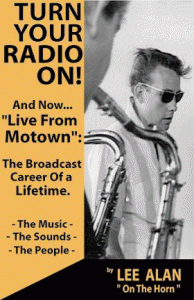
Thank you for your note regarding my boyhood hero, “The Lone Ranger.”
Over these many fortunate years I have been privileged to meet a number of those whose voices and genius brought the legendary masked rider of the plains to life for millions of us “kids.”
So I thought I would pass along an audio excerpt from my book (audio linked below) where I recall a very special story or two which you have my full permission to add to your growing collection.
The Tom Greenwood article appeared in The Detroit News a number of years ago and was included in the photo section of my book.
Kindest Regards. And keep up your most valued work.
By Tom Greenwood
(News article below was provided by Lee Alan) —
R E C E N T L Y I P E N N E D A C O L U M N about some childhood heroes, including Clayton Moore (TV’s Lone Ranger) and former WXYZ Radio disk jockey Lee Alan. I said how I’d always had this secret dream that some day I’d grow up and be the Lone Ranger. I also said I’d spent many an evening cruising Woodward in the ’60s, listening to “Brother” Joel Sebastian and Lee “The Horn” Alan and his “fine toned ashtray.”
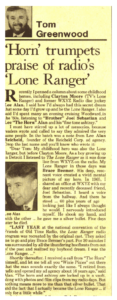 I must have stirred up a lot of memories, because readers wrote and called to say they admired the very same people. In the batch was a note from Lee Alan Reicheld, founder of the Reicheld Corp. ad agency. Drop the last name and you’ll know who wrote it:
I must have stirred up a lot of memories, because readers wrote and called to say they admired the very same people. In the batch was a note from Lee Alan Reicheld, founder of the Reicheld Corp. ad agency. Drop the last name and you’ll know who wrote it:
Dear Tom: My childhood hero was also the Lone Ranger, but before Clayton Moore. As a boy growing up in Detroit I listened to The Lone Ranger as it was done live from WXYZ on the radio. My Lone Ranger in those days (actually the name was Brace) was Bruce Beemer. His deep, resonant voice created a vivid mental picture of my hero. In 1965, I shared an office at WXYZ with my dear and recently deceased friend, Joel Sebastian. I heard a voice from the hallway. And there he stood… 60 plus years of age — looking just like I always thought he would. I nervously introduced myself. He shook my hand, and with the other… he gave me a silver bullet. Five days later he died.
“Last year at the national convention of the ‘Friends Of Old-Time Radio,’ the Lone Ranger was recreated by the original cast. They asked me to go and play Brace Beemer’s part. For 30 minutes I was surrounded by all the thundering hoofbeats from out of the past and realized my boyhood dream. I was the Lone Ranger…”
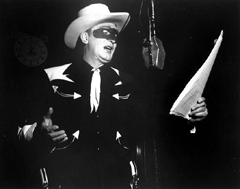
Shortly thereafter, I received a call from “The Horn” himself, and let me tell you “Wixie Pixies” out there that the man sounds exactly the same. “I retired from radio and opened my ad agency about 16 years ago,” said Alan. “The horn and ashtray are locked up in a vault, along with photos and film clips of my radio days. But nothing means more to me than that silver bullet. That and the fact that I actually became the Lone Ranger… if only for a little while.”
Alan also added, “The cast members, when I had the wonderful opportunity to play Brace Beemer’s part as the Lone Ranger before a live audience of a thousand people, included Fred Foy who was the show’s announcer, Dick Osgood, Rube Weiss as Tonto and, the show’s actual director on WXYZ, Chuck Livingstone.
When it was over a small elderly lady approached me and said: “I closed my eyes and it was him… I heard his voice. It was him.”
The lady was Leta Beemer, widow of Brace Beemer. My “Lone Ranger.” She saw the “pictures” that only radio can produce. END
Addendum: Where can I buy Lee Alan’s book, “Turn Your Radio On!”? It is available at http://www.detroitradiolegends.com/ The article and audio excerpt linked above is used with expressed permission by the author. Thank you, Lee Alan, for sharing with us on Motor City Radio Flashbacks.
ALSO: NPR’s splendid take on ‘The Lone Ranger: Justice Outside The Law’ (with Lone Ranger audio in “All Things Considered”) dated January 14, 2008 (in commemorating 75 years), can be read, and heard here.
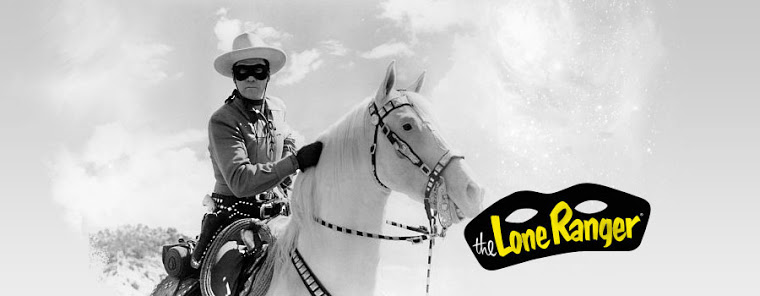
![]()
 From History.com: This Day In History
From History.com: This Day In History
January 30, 1933:
DETROIT (January 30) — With the stirring notes of the William Tell Overture and a shout of “Hi-yo, Silver! Away!” The Lone Ranger debuts on Detroit’s WXYZ radio station. The creation of station-owner George Trendle and writer Fran Striker, the “masked rider of the plains” became one of the most popular and enduring western heroes of the 20th century. Joined by his trusty steed, Silver, and loyal Indian scout, Tonto, the Lone Ranger sallied forth to do battle with evil western outlaws and Indians, generally arriving on the scene just in time to save an innocent golden-haired child or sun-bonneted farm wife.
The creation of station-owner George Trendle and writer Fran Striker, the “masked rider of the plains” became one of the most popular and enduring western heroes of the 20th century. Joined by his trusty steed, Silver, and loyal Indian scout, Tonto, the Lone Ranger sallied forth to do battle with evil western outlaws and Indians, generally arriving on the scene just in time to save an innocent golden-haired child or sun-bonneted farm wife.

Neither Trendle nor Striker had any connections to or experience with the cowboys, nor Indians, and pioneers of the real West, but that mattered little to them. The men simply wanted to create an American version of the masked swashbuckler made popular by the silent movie actor Douglas Fairbanks in The Mark of Zorro, arming their hero with a revolver rather than a sword. Historical authenticity was far less important to the men than fidelity to the strict code of conduct they established for their character. The Lone Ranger never smoked, swore, or drank alcohol; he used grammatically correct speech free of slang; and, most important, he never shot to kill. More offensive to modern historical and ethnic sensibilities was the Indian scout Tonto, who spoke in a comical Indian patois totally unrelated to any authentic Indian dialect, uttering ludicrous phrases like “You betchum!”
Historical accuracy notwithstanding, the radio program was an instant hit. Children liked the steady stream of action and parents approved of the good moral example offered by the upstanding masked man. Soon picked up for nationwide broadcast over the Mutual Radio Network, over 20 million Americans were tuning into The Lone Ranger three times a week by 1939. In an early example of the power of marketing tie-ins, the producers also licensed the manufacture of a vast array of related products, including Lone Ranger guns, costumes, books, and a popular comic strip.
The Lone Ranger made a seemingly effortless transition from radio to motion pictures and television. The televised version of The Lone Ranger, staring Clayton Moore as the masked man, became ABC’s first big hit in the early 1950s. Remaining on the air until 1957, the program helped define the golden age of the TV Western and inspired dozens of imitators like The Range Rider, The Roy Rogers Show, and The Adventures of Wild Bill Hickok. Although the Lone Ranger disappeared from American television and movie screens by the 1960s, he lived on in a popular series of comic books well into the 1970s.
___
HISTORY.COM

Addendum: For more on the history of ‘The Lone Ranger’ on WXYZ radio go here. For a recent on-site tour of the old WXYZ radio studios at the Maccabees Building (2012), read it and see it here, at the Baggy Paragraphs blog. In commemorating ‘The Lone Ranger’ 81st, special thanks to former WXYZ personality Jim Hampton for providing Motor City Radio Flashbacks with this WXYZ-related link!
![]()
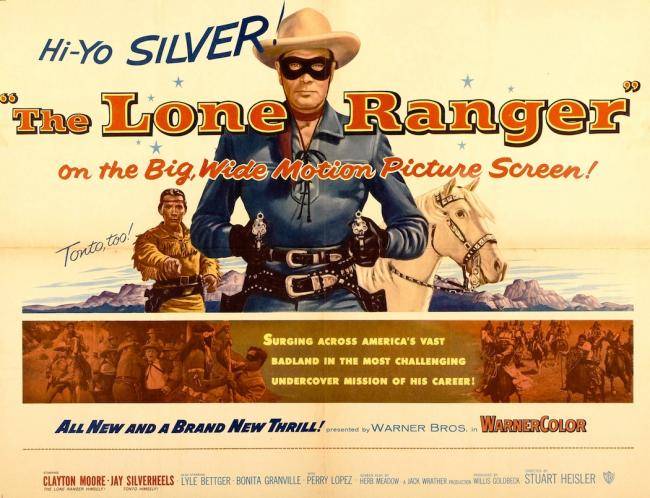
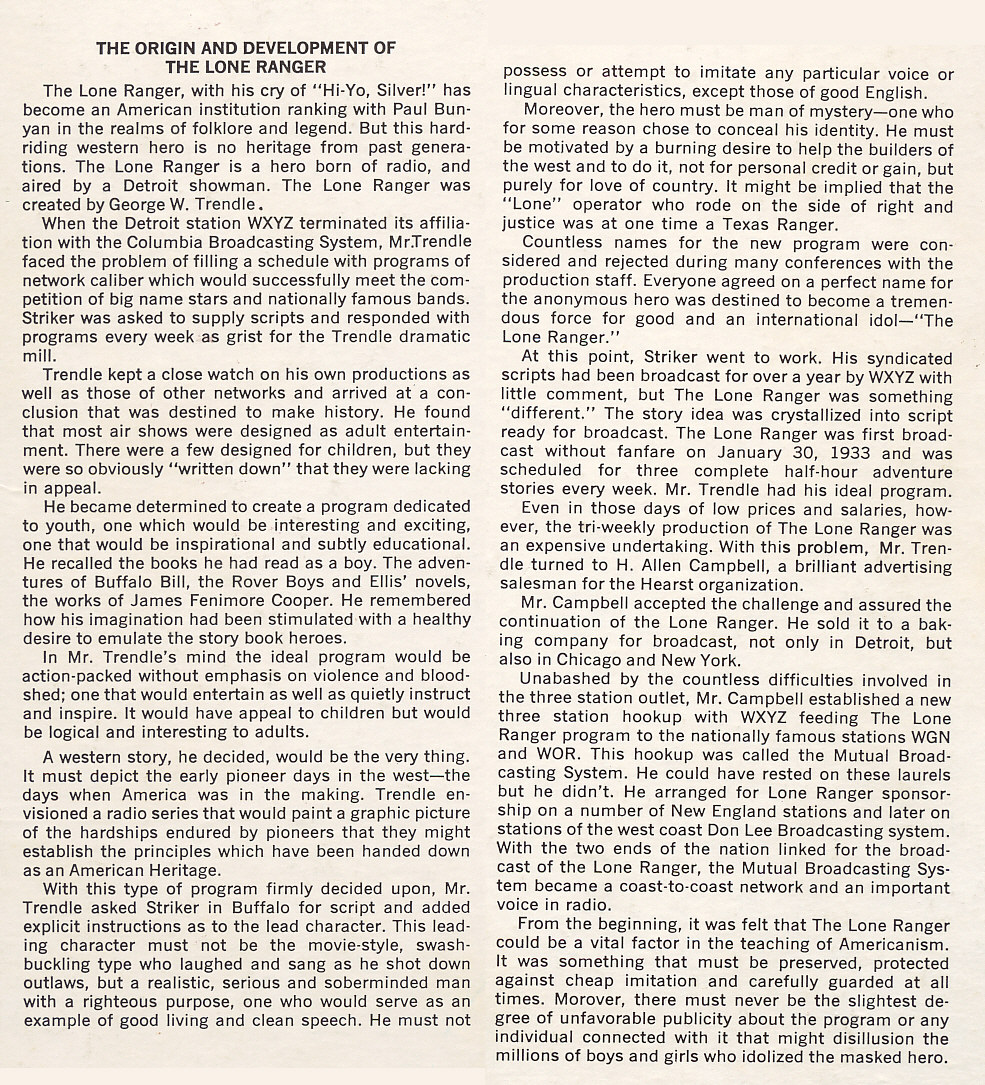
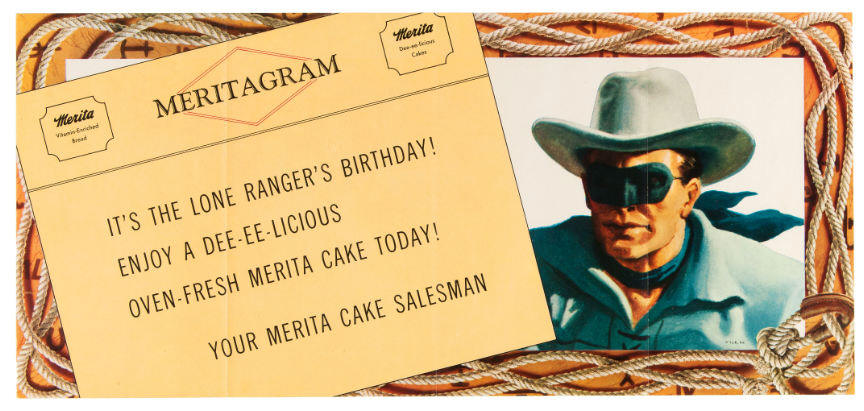
![]()